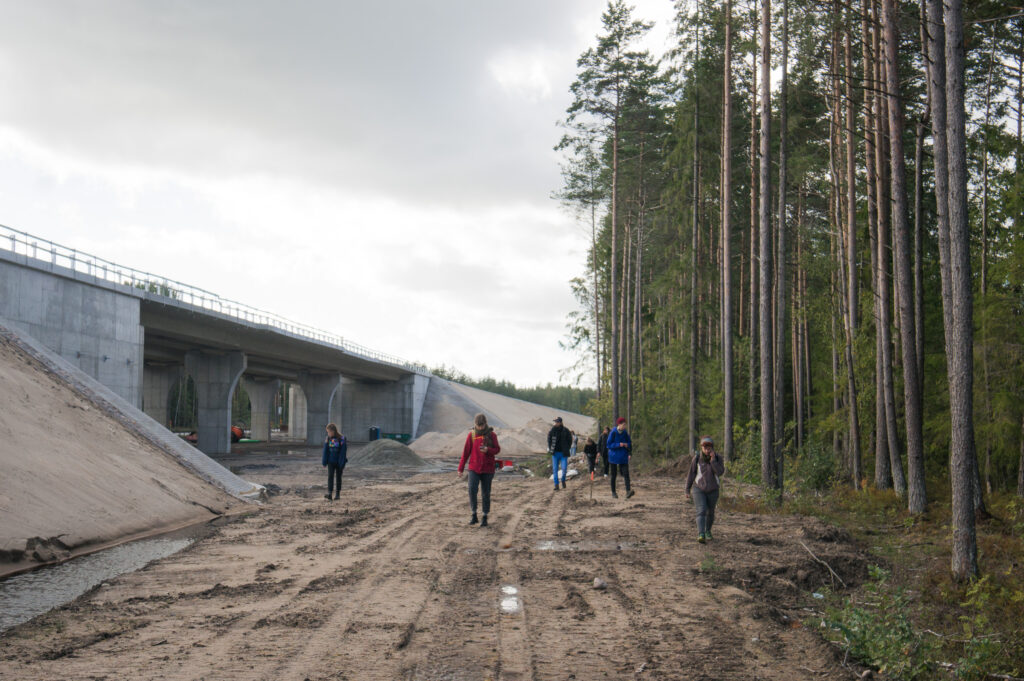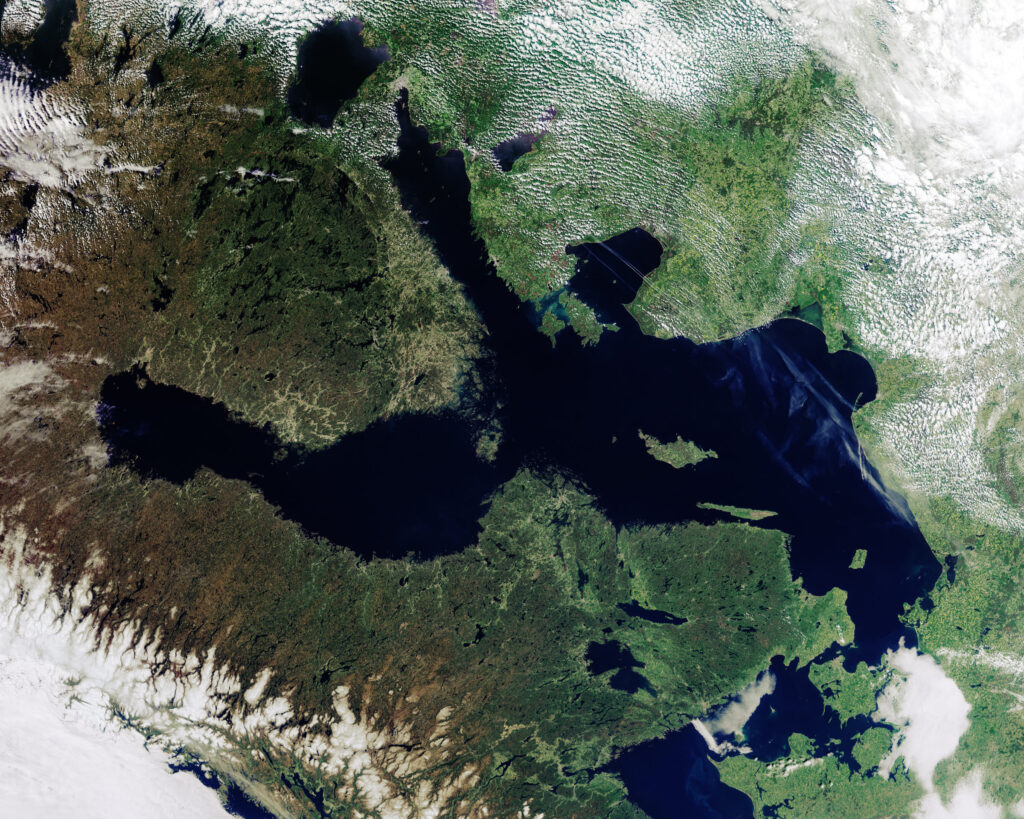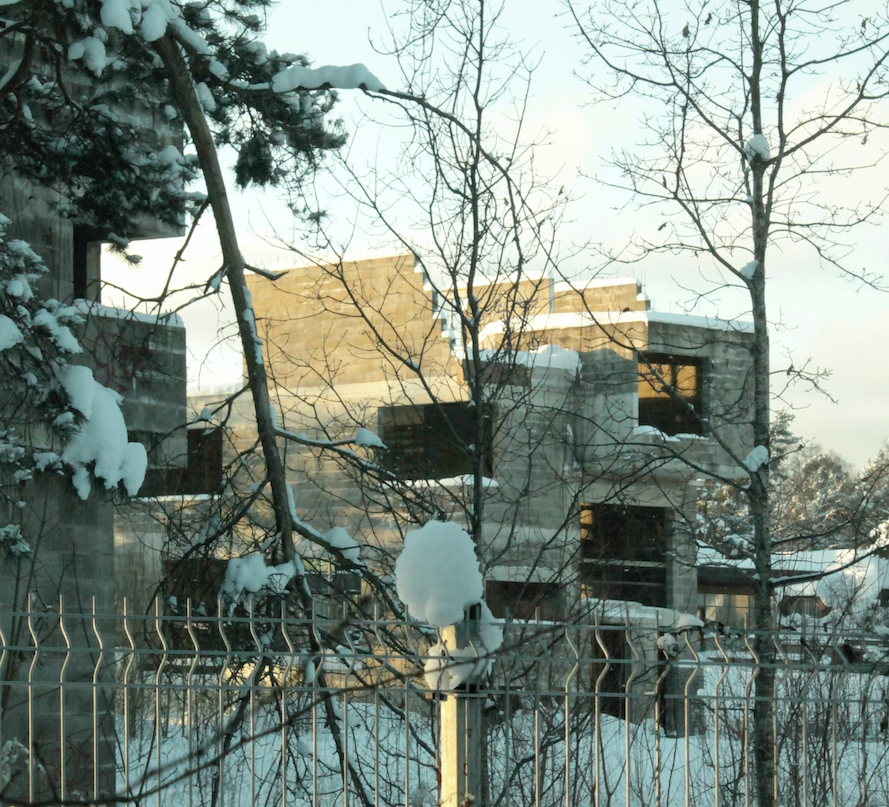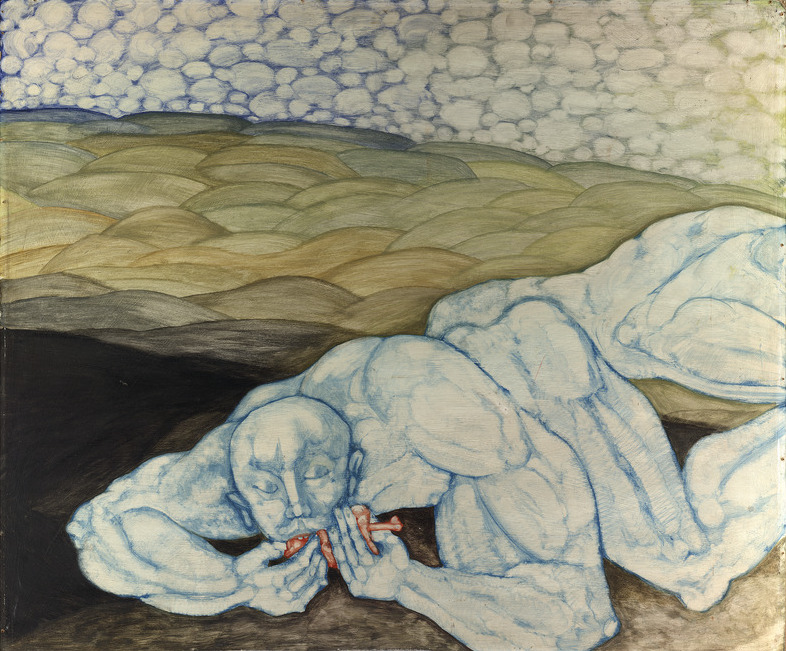SPATIAL DESIGN
Humankind is transforming the planet into a vast infrastructural project serving its economic system. Landscape architect Hannes Aava explores how this development is reflected in critical theory and discusses what must be done to prevent the metabolism of humankind from becoming a metastasis.
All new hard infrastructure should be engineered to double as social infrastructure, writes Mattias Malk.
When a certain building technology or material is sidelined for an extended period, one is bound to get the impression that it is intrinsically obsolete. This has happened with natural stone, which architects, when asked about its potential for use, describe only as being too expensive, too labour-intensive, incompatible with the public procurement system and, as can be witnessed in renovation projects, simply too complicated to build with. The inability to imagine a future different from the present is typical to the 21st century, and hence, the main use of limestone in Estonia remains blasting it into rubble that can be utilised as landfill and concrete aggregate.
One of the ways to alleviate environmental problems might lie in architecture that brings people closer to their environment again. Estonia as a maritime nation has plenty of opportunities for this.
Hiiumaa municipality architect Kaire Nõmm takes a look at what life could be like on one of Estonia’s main islands.
Community-led housing development is leading the way from speculati ve to non-profit housing construction models. Eneli Kleemann and Helena Rummo discuss the spatial possibilities that come with it.
When it comes to housing policy, we talk about something very dear to all of us—our homes. Now is a good time to review what we have already accomplished, and to detect the main shortcomings and obstacles but also the missed opportunities in developing the housing sector. The topic is discussed by the Head of Housing Policy of the Ministry of Climate Veronika Valk-Siska.
For many years, a dumb witness to the rich history and architecture of Narva on the wasteland bordered with Soviet brick apartment buildings, the Town Hall of Narva is about to be revived, Madis Tuuder accounts.
Any kind of construction must be stopped. Based on her Master’s thesis ‘30 Years of Pause. Research about doing not’ that she defended at the Eesti Kunstiakadeemia / Estonian Academy of Arts in 2021, Ulla Alla asks, "Is it enough already?"
The responsibility of the architect in sustainable use of natural resources should not be underestimated as construction is directly related to the transformation of the material taken from the ground according to the design drawn by the architect. Architecture from the perspective of limited resources, writes Roland Reemaa, will be faced with several challenges that are directly related to the origin of raw materials.
Postitused otsas
ARCHITECTURE AWARDS














